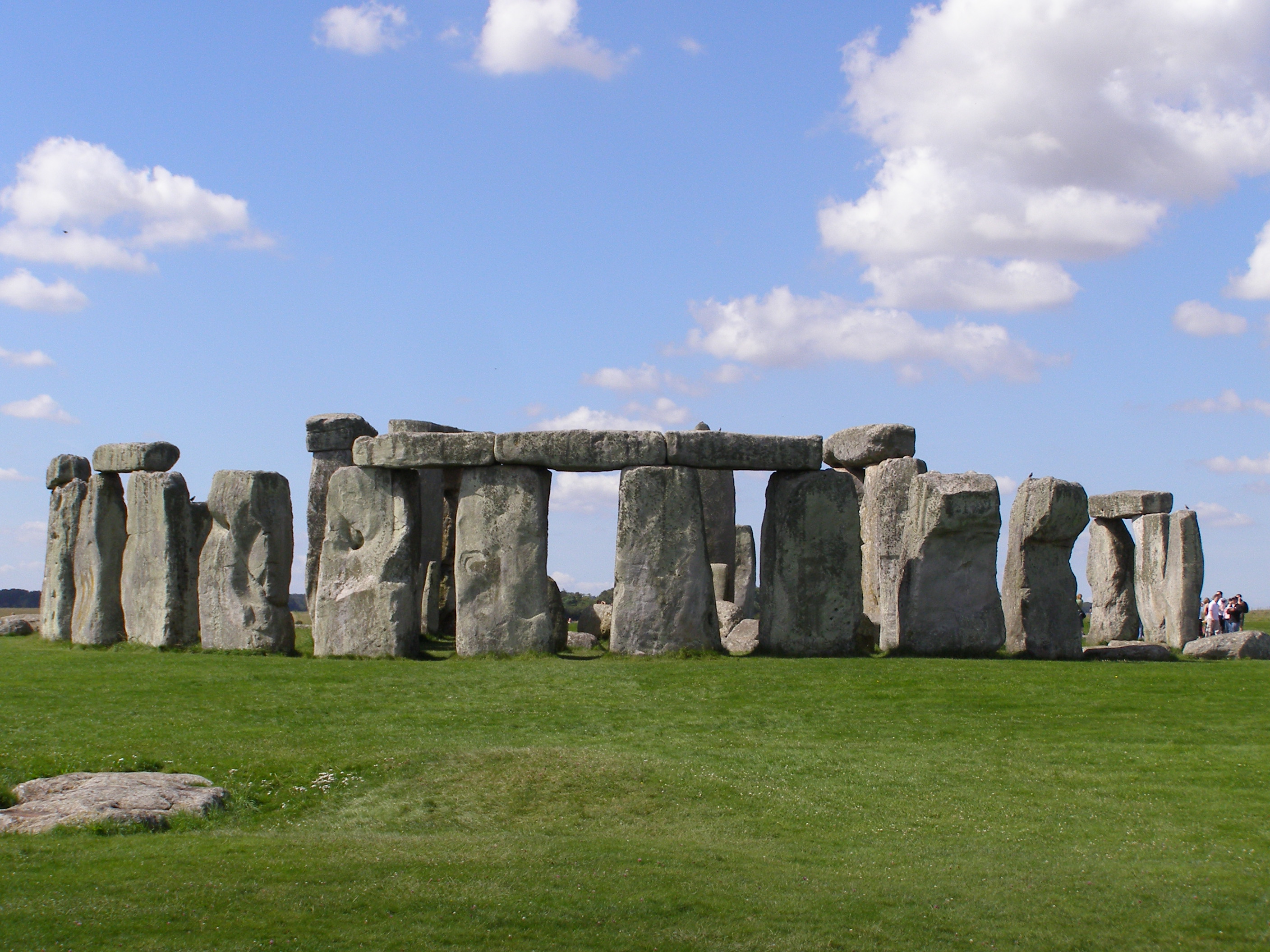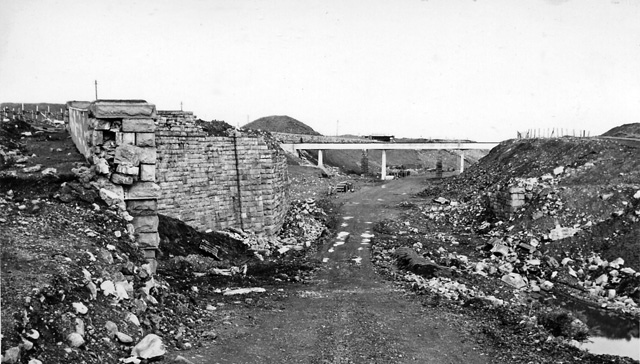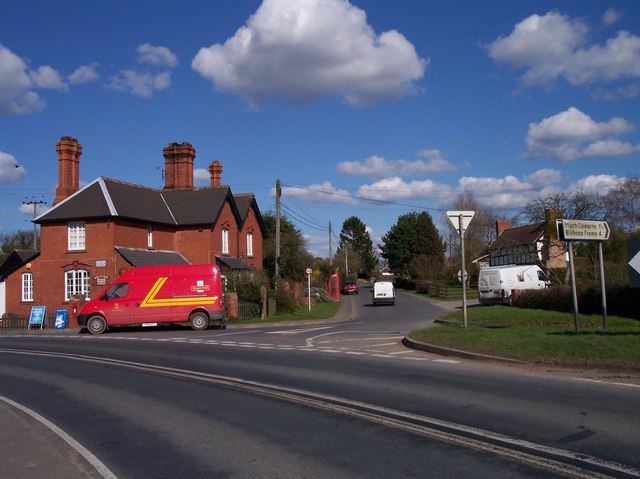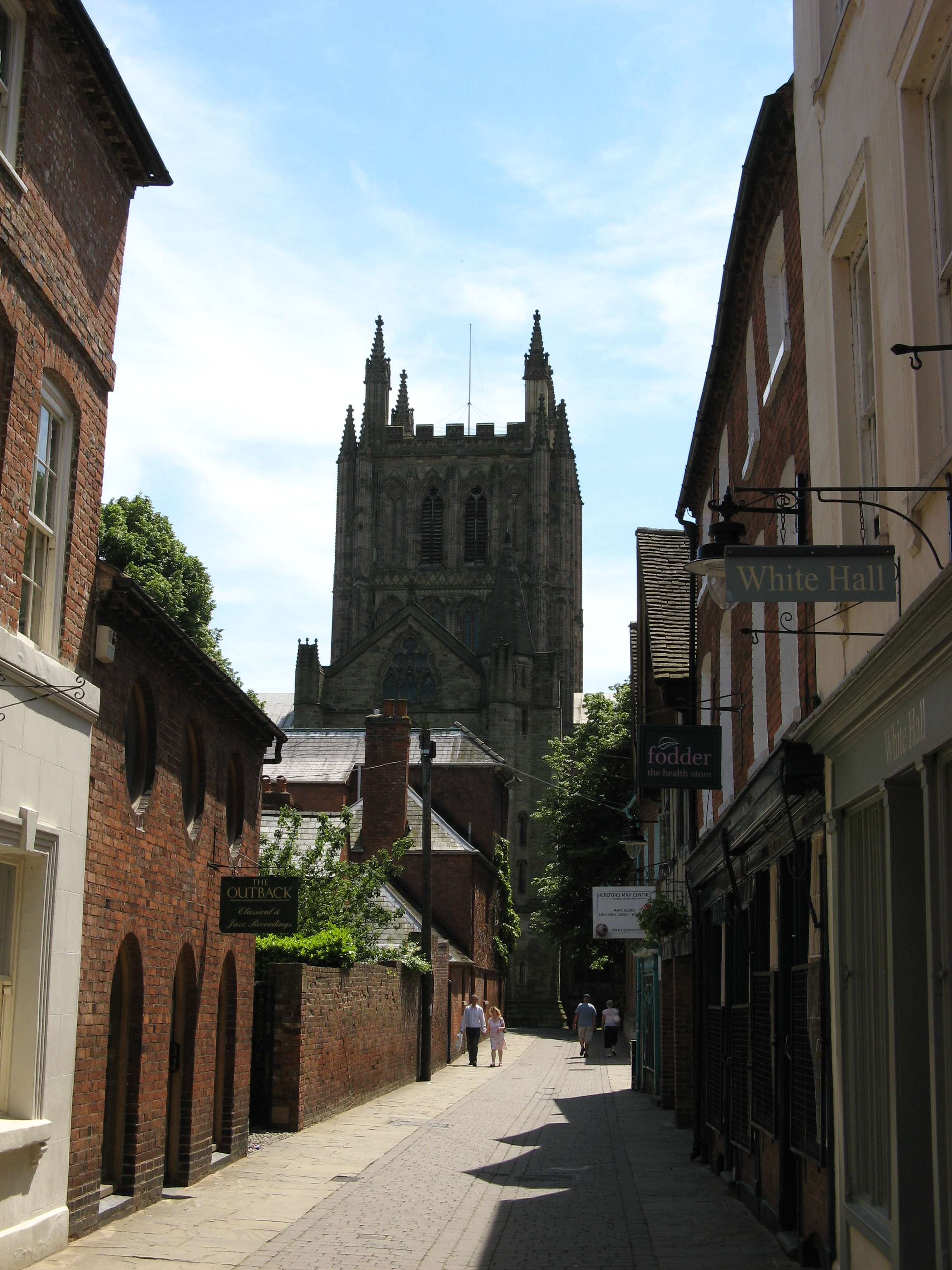|
Moreton Jeffries
Moreton Jeffries (or Moreton Jefferies) is a hamlet in the English county of Herefordshire. It is situated off the A465 between Stoke Lacy and Burley Gate, approximately 8½ miles north-east of Hereford. It has a medieval church, which has been designated by English Heritage as a Grade II* listed building, and is under the care of the Churches Conservation Trust. In the Domesday Book, it was listed as being in the Radlow Hundred. Henry 'Harry' Morgan, founder of the Morgan Motor Company, was born in Moreton Jeffries Rectory in 1881. There are timber merchants in the hamlet. See also *Moreton Jeffries Church Moreton Jeffries Church is a redundant Anglican church in the hamlet of Moreton Jeffries, some northeast of Hereford, Herefordshire, England. It is recorded in the National Heritage List for England as a designated Grade II* listed bui ... Villages in Herefordshire {{Herefordshire-geo-stub ... [...More Info...] [...Related Items...] OR: [Wikipedia] [Google] [Baidu] |
Herefordshire
Herefordshire () is a county in the West Midlands of England, governed by Herefordshire Council. It is bordered by Shropshire to the north, Worcestershire to the east, Gloucestershire to the south-east, and the Welsh counties of Monmouthshire and Powys to the west. Hereford, the county town of Herefordshire has a population of approximately 61,000, making it the largest settlement in the county. The next biggest town is Leominster and then Ross-on-Wye. The county is situated in the historic Welsh Marches, Herefordshire is one of the most rural and sparsely populated counties in England, with a population density of 82/km2 (212/sq mi), and a 2021 population of 187,100 – the fourth-smallest of any ceremonial county in England. The land use is mostly agricultural and the county is well known for its fruit and cider production, and for the Hereford cattle breed. Constitution From 1974 to 1998, Herefordshire was part of the former non-metropolitan county of Hereford a ... [...More Info...] [...Related Items...] OR: [Wikipedia] [Google] [Baidu] |
North Herefordshire (UK Parliament Constituency)
North Herefordshire is a constituency represented in the House of Commons of the UK Parliament since its 2010 creation by Bill Wiggin, a Conservative. Members of Parliament Constituency profile The seat has a substantially self-sufficient population, covered by civil parishes and with low rates of unemployment and social housing in each ward, with income levels concentrated towards the average in Britain. Boundaries This constituency contains a northern and central part of Herefordshire, including the towns of Bromyard, Kington, Ledbury and Leominster. The constituency has the electoral wards: *Backbury, Bircher, Bringsty, Bromyard, Burghill, Holmer and Lyde, Castle, Credenhill, Frome, Golden Cross with Weobley, Hagley, Hampton Court, Hope End, Kington Town, Ledbury, Leominster North, Leominster South, Mortimer, Old Gore, Pembridge and Lyonshall with Titley, Sutton Walls, Upton, Wormsley Ridge. The village of Weobley (listed above) was a former borough cons ... [...More Info...] [...Related Items...] OR: [Wikipedia] [Google] [Baidu] |
England
England is a country that is part of the United Kingdom. It shares land borders with Wales to its west and Scotland to its north. The Irish Sea lies northwest and the Celtic Sea to the southwest. It is separated from continental Europe by the North Sea to the east and the English Channel to the south. The country covers five-eighths of the island of Great Britain, which lies in the North Atlantic, and includes over 100 smaller islands, such as the Isles of Scilly and the Isle of Wight. The area now called England was first inhabited by modern humans during the Upper Paleolithic period, but takes its name from the Angles, a Germanic tribe deriving its name from the Anglia peninsula, who settled during the 5th and 6th centuries. England became a unified state in the 10th century and has had a significant cultural and legal impact on the wider world since the Age of Discovery, which began during the 15th century. The English language, the Anglican Church, and Eng ... [...More Info...] [...Related Items...] OR: [Wikipedia] [Google] [Baidu] |
A465 Road
The A465 is a trunk road that runs from Bromyard in Herefordshire, England to Llandarcy near Swansea in South Wales. The western half is known officially as the Neath to Abergavenny Trunk Road, but the section from Abergavenny to the Vale of Neath is more commonly referred to as the Heads of the Valleys Road because it links the northern heads of the South Wales Valleys. Approximately following the southern boundary of the Brecon Beacons National Park, the Ordnance Survey ''Pathfinder'' guide describes it as the unofficial border between rural and industrial South Wales. The A465 provides an alternative route between England and the counties in South West Wales and to the ferries to Ireland. Route The A465 runs south-west from Bromyard towards the River Lugg, from where it runs concurrently with the A4103 for a short distance before entering Hereford. After a short distance on the A49, it crosses the River Wye, the River Monnow and the border into Wales. The A465 meets the ... [...More Info...] [...Related Items...] OR: [Wikipedia] [Google] [Baidu] |
Stoke Lacy
Stoke Lacy is a small village and civil parish in the England, English county of Herefordshire. Stoke Lacy lies on the main A465 road that connects Hereford and Bromyard and is from the former and from the latter. History The village lies in the verdant, agricultural and undulating landscape of NE Herefordshire. It has a population of circa 450 souls and 135 houses. The church dates back to Norman times on what is believed to be a much older Celtic/Saxon site. The current church is a Victorian rebuild. In 1863 the architect F. R. Kempson, son of a previous rector renovated and remodelled the church of St Peter and St Paul leaving only the Norman arch with a screen and leaf frieze on the cornice. The Kempson's were forebears of the Redgrave acting family. The church has several stained glass windows dedicated to the Morgan's and the family graves are in the grave yard. Henry Morgan was rector from 1871 followed by his son George, the father of HFS. The church and village is fam ... [...More Info...] [...Related Items...] OR: [Wikipedia] [Google] [Baidu] |
Burley Gate
Burley Gate is a hamlet in Herefordshire, England. It is north-east from the junction between the A465 road and the A417 road. The hamlet is divided between two civil parishes: Much Cowarne in the east, and Ocle Pychard in the west, with the parish of Moreton Jeffries Moreton Jeffries (or Moreton Jefferies) is a hamlet in the English county of Herefordshire. It is situated off the A465 between Stoke Lacy and Burley Gate, approximately 8½ miles north-east of Hereford. It has a medieval church, which has be ... abutted at the north. A primary school is in the western part of Burley Gate, and a Tudor house is at the centre. References External links * Hamlets in Herefordshire {{Herefordshire-geo-stub ... [...More Info...] [...Related Items...] OR: [Wikipedia] [Google] [Baidu] |
Hereford
Hereford () is a cathedral city, civil parish and the county town of Herefordshire, England. It lies on the River Wye, approximately east of the border with Wales, south-west of Worcester and north-west of Gloucester. With a population of 53,112 in 2021 it is by far the largest settlement in Herefordshire. An early town charter from 1189, granted by Richard I of England, describes it as "Hereford in Wales". Hereford has been recognised as a city since time immemorial, with the status being reconfirmed as recently as October 2000. It is now known chiefly as a trading centre for a wider agricultural and rural area. Products from Hereford include cider, beer, leather goods, nickel alloys, poultry, chemicals and sausage rolls, as well as the famous Hereford breed of cattle. Toponymy The Herefordshire edition of Cambridge County Geographies states "a Welsh derivation of Hereford is more probable than a Saxon one" but the name "Hereford" is also said to come from the ... [...More Info...] [...Related Items...] OR: [Wikipedia] [Google] [Baidu] |
English Heritage
English Heritage (officially the English Heritage Trust) is a charity that manages over 400 historic monuments, buildings and places. These include prehistoric sites, medieval castles, Roman forts and country houses. The charity states that it uses these properties to "bring the story of England to life for over 10 million people each year". Within its portfolio are Stonehenge, Dover Castle, Tintagel Castle and the best preserved parts of Hadrian's Wall. English Heritage also manages the London Blue Plaque scheme, which links influential historical figures to particular buildings. When originally formed in 1983, English Heritage was the operating name of an executive non-departmental public body of the British Government, officially titled the Historic Buildings and Monuments Commission for England, that ran the national system of heritage protection and managed a range of historic properties. It was created to combine the roles of existing bodies that had emerged from a lo ... [...More Info...] [...Related Items...] OR: [Wikipedia] [Google] [Baidu] |
Listed Building
In the United Kingdom, a listed building or listed structure is one that has been placed on one of the four statutory lists maintained by Historic England in England, Historic Environment Scotland in Scotland, in Wales, and the Northern Ireland Environment Agency in Northern Ireland. The term has also been used in the Republic of Ireland, where buildings are protected under the Planning and Development Act 2000. The statutory term in Ireland is "protected structure". A listed building may not be demolished, extended, or altered without special permission from the local planning authority, which typically consults the relevant central government agency, particularly for significant alterations to the more notable listed buildings. In England and Wales, a national amenity society must be notified of any work to a listed building which involves any element of demolition. Exemption from secular listed building control is provided for some buildings in current use for worsh ... [...More Info...] [...Related Items...] OR: [Wikipedia] [Google] [Baidu] |
Churches Conservation Trust
The Churches Conservation Trust is a registered charity whose purpose is to protect historic churches at risk in England. The charity cares for over 350 churches of architectural, cultural and historic significance, which have been transferred into its care by the Church of England. The Trust works to prevent any deterioration in the condition of the buildings in its care and to ensure they are in use as community assets. Local communities are encouraged to use them for activities and events and the buildings provide an educational resource, allowing children and young people to study history, architecture and other subjects. Most of the churches saved from closure are Grade I or Grade II* listed. Many are open to visitors as heritage sites on a daily basis and nearly 2 million people visit the Trust's churches each year. The majority of the churches remain consecrated, though they are not used for regular worship. History The trust was established by the Pastoral Measure ... [...More Info...] [...Related Items...] OR: [Wikipedia] [Google] [Baidu] |
Domesday Book
Domesday Book () – the Middle English spelling of "Doomsday Book" – is a manuscript record of the "Great Survey" of much of England and parts of Wales completed in 1086 by order of King William I, known as William the Conqueror. The manuscript was originally known by the Latin name ''Liber de Wintonia'', meaning "Book of Winchester", where it was originally kept in the royal treasury. The '' Anglo-Saxon Chronicle'' states that in 1085 the king sent his agents to survey every shire in England, to list his holdings and dues owed to him. Written in Medieval Latin, it was highly abbreviated and included some vernacular native terms without Latin equivalents. The survey's main purpose was to record the annual value of every piece of landed property to its lord, and the resources in land, manpower, and livestock from which the value derived. The name "Domesday Book" came into use in the 12th century. Richard FitzNeal wrote in the '' Dialogus de Scaccario'' ( 1179) that the bo ... [...More Info...] [...Related Items...] OR: [Wikipedia] [Google] [Baidu] |
Hundred (county Subdivision)
A hundred is an administrative division that is geographically part of a larger region. It was formerly used in England, Wales, some parts of the United States, Denmark, Southern Schleswig, Sweden, Finland, Norway, the Bishopric of Ösel–Wiek, Curonia, the Ukrainian state of the Cossack Hetmanate and in Cumberland County in the British Colony of New South Wales. It is still used in other places, including in Australia (in South Australia and the Northern Territory). Other terms for the hundred in English and other languages include '' wapentake'', ''herred'' (Danish and Bokmål Norwegian), ''herad'' ( Nynorsk Norwegian), ''hérað'' (Icelandic), ''härad'' or ''hundare'' (Swedish), ''Harde'' (German), ''hiird'' ( North Frisian), '' satakunta'' or ''kihlakunta'' (Finnish), ''kihelkond'' (Estonian), ''kiligunda'' (Livonian), '' cantref'' (Welsh) and '' sotnia'' (Slavic). In Ireland, a similar subdivision of counties is referred to as a barony, and a hundred is a subdivision o ... [...More Info...] [...Related Items...] OR: [Wikipedia] [Google] [Baidu] |




.jpg)

elevation.jpg)

.jpg)